The Best High-End IEMs (Unlimited Budget) - Summer 2025 Buyer’s Guide Update
Wonder what the best IEMs in the world with an unlimited budget are? Fc-Construct gives you some of his top choices that are worthy of attention.

Introduction
As the saying goes with luxury goods, if you have to ask how much it costs, you probably can’t afford it. It’s with that adage in mind that this installment of our IEMs buyer’s guide is focused on. The question isn't "is it worth the price?" but rather "is it worth my time?".
Welcome to the realm where money is no object. What makes these ultra high-end IEMs different is not necessarily the underlying technology, but rather the complete package of craftsmanship, unique tuning approaches that cater to specific preferences, and uncompromising designs that altogether creates an entirely different value proposition. These products are made with a vision that simply isn’t as viable at scale.
There are more boutique brands than I can count, and while I’ve heard some of the best that the IEM market has to offer, I haven’t heard them all. So as you go through the IEMs on this list, think of them as curated suggestions rather than definitive picks. These are the highest-end IEMs in the market today worth experiencing. While some are undoubtedly going to be polarizing, this diversity is exactly what makes the ultra-high end fascinating to explore. And somewhere in that diversity hopefully lies your personal audio nirvana.
Disclaimer: Unlike the previous buyer’s guides, some of these IEMs in this list were auditioned at conventions or tours rather than extended home listening. This will be noted with a (*) where necessary. Consider the following comments to be extended impressions rather than a summary of a proper full-length review.
This guide was written by Fc-Construct with input from the rest of the Headphones.com reviewer team. The team does not receive any form of compensation from any of these recommendations.
Note: Current prices may differ from listed due to shifting market conditions.
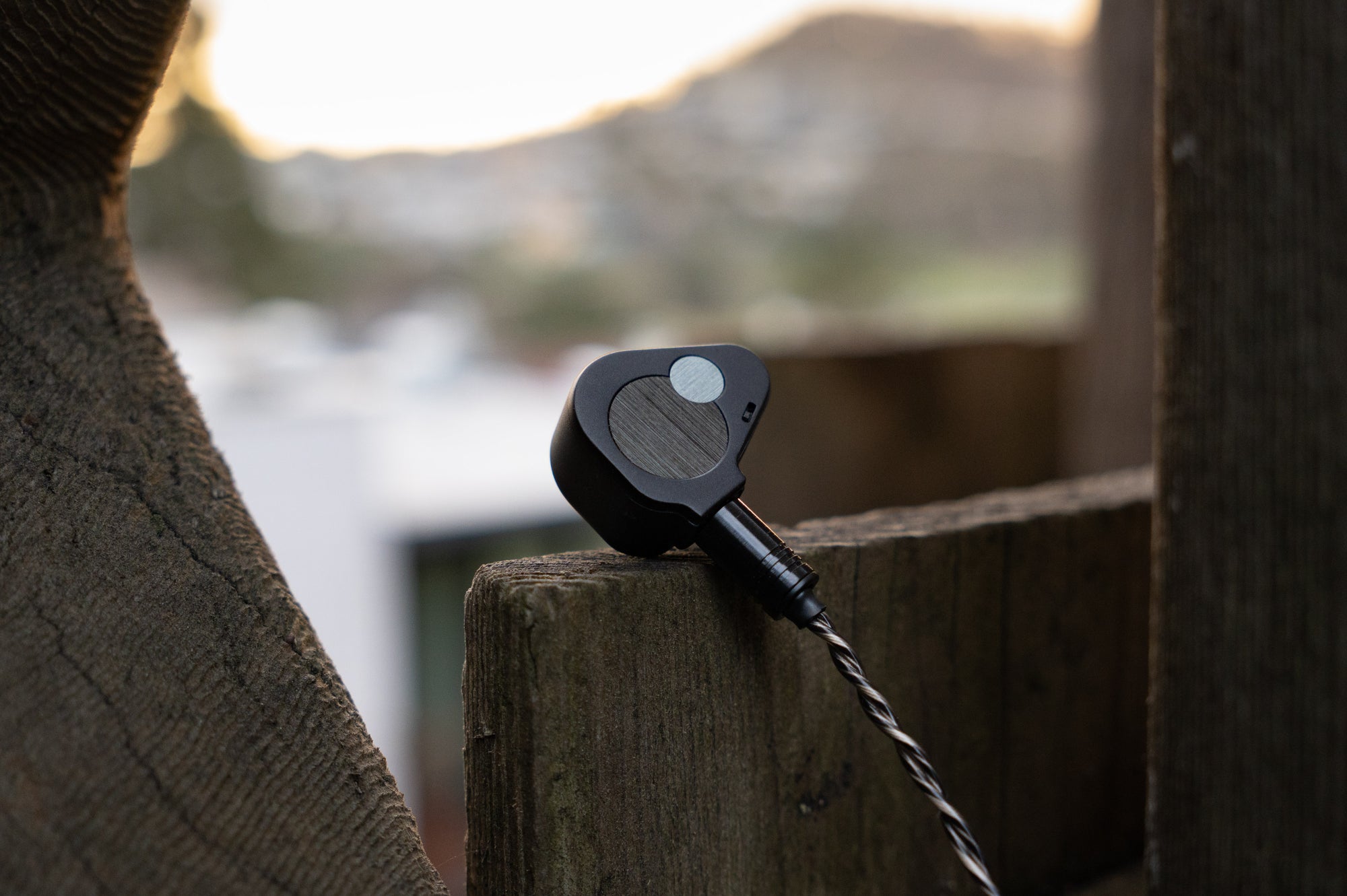
Nightjar Duality - $3,000
When Nightjar first created the Nightjar Singularity, it was made with the goal of being the greatest single dynamic driver basshead IEM. While it’s an IEM we’ve recommended in past iterations of this buyer’s guide, it was replaced with another basshead IEM - the Symphonium Titan.
Not to be outdone, Nightjar has come back swinging with their recent release of the Duality. Featuring two dynamic drivers this time, the Duality cranks up the bass to truly ludicrous levels. And if that’s not enough, it comes with an impedance adaptor for even more. We’re talking an upwards of +28 dB at 20 Hz on its Bass setting. Yet despite that, the Duality impressively never loses its ability to resolve the upper midrange or treble nor does it ever become bloated. The bass experience is unlike anything else in the market. While there were some nitpicks about the pillowy-ness of the Singularity’s bass, there is no such complaint here. The Duality hits hard; bass notes are booming explosions that shake what you could even imagine bass to sound like in an IEM. If you love music with heavy bass drops, the Duality is made for you. That said, the Duality is very much a flavor IEM with an utterly unique bass presentation. It works wonders in certain genres, but can be overwhelming in others.
Read Precogvision’s review | Read Fc-Construct’s impressions
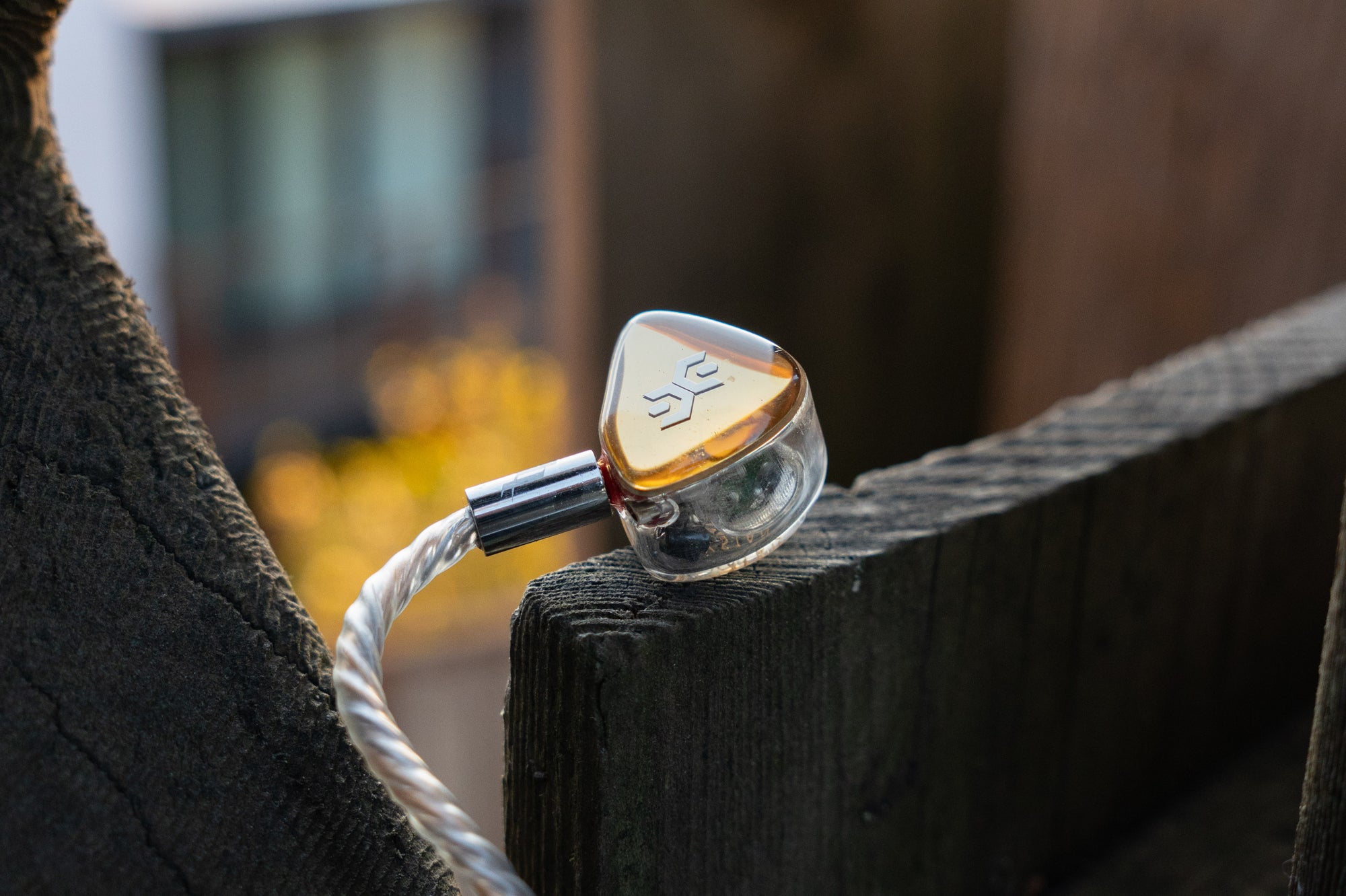
Elysian Audio Annihilator - $3,000+
Looking for an IEM that'll have you at the edge of your seat every time you hear it? Then the Elysian Audio Annihilator should be the first IEM on your list. The Annihilator's standout is its treble response; it has almost linear extension and the lightning quick tactility that true electrostatics like the Shure KSE1200 deliver. The general dynamics and transients on the Annihilator are also nothing short of extraordinary. It articulates dynamic swings quickly and with superb macro-contrast, only falling short in the micro-contrast department wherein it has some compression to its individual instrument lines. But no matter - give it up for one of the select few IEMs to blow us away. The Annihilator 2023 cranks up the level of the sub-bass even more compared to the 2021 version to fill in the thinness that some complained about on its debut.
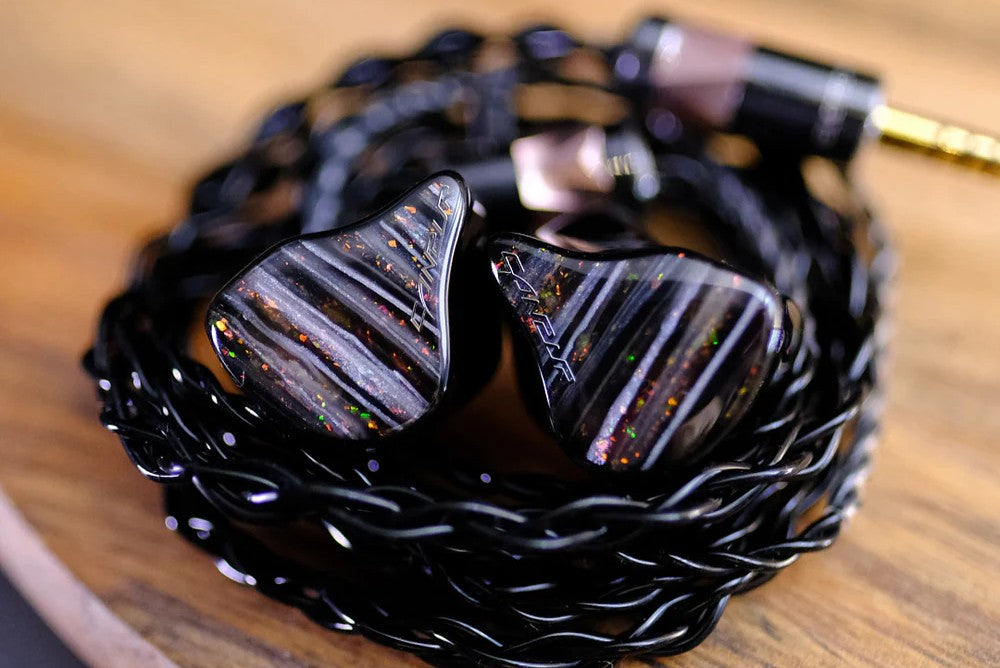
Image credit to Zeppelin & Co.
Canpur CP622b (*) - $3,500
The CP622b is what put the Canpur brand on the map. Hailed for its massive bass response and silky smooth midrange, quite a few high-end enthusiasts have called it endgame worthy for the tonal perfection it brings. Unfortunately, I wasn’t quite as smitten. Don’t get me wrong, the 622b is an undeniably excellent IEM. It has a relaxed midrange presentation with a tasteful touch of warmth. There’s very little to complain about, save for it being maybe “boring”, but that’s a good thing. Treble is a light simmer - it’s present and compliments the music, but never steals the spotlight. There is no peakiness or harshness whatsoever and extends well into the upper treble. The bass is surprisingly big and visceral. Like many IEMs with great bass, it delivers grunt, body, and physicality. However, it does fall a little short on the textural qualities in the subbass, and is instead more midbass focused. This visceral bass also feels a little out of place within its otherwise neutral sort of tuning.
I would need to spend more time with the 622b to really settle on my thoughts about it, but regardless, my time with it has made me comfortable saying that it’s one worth checking out.
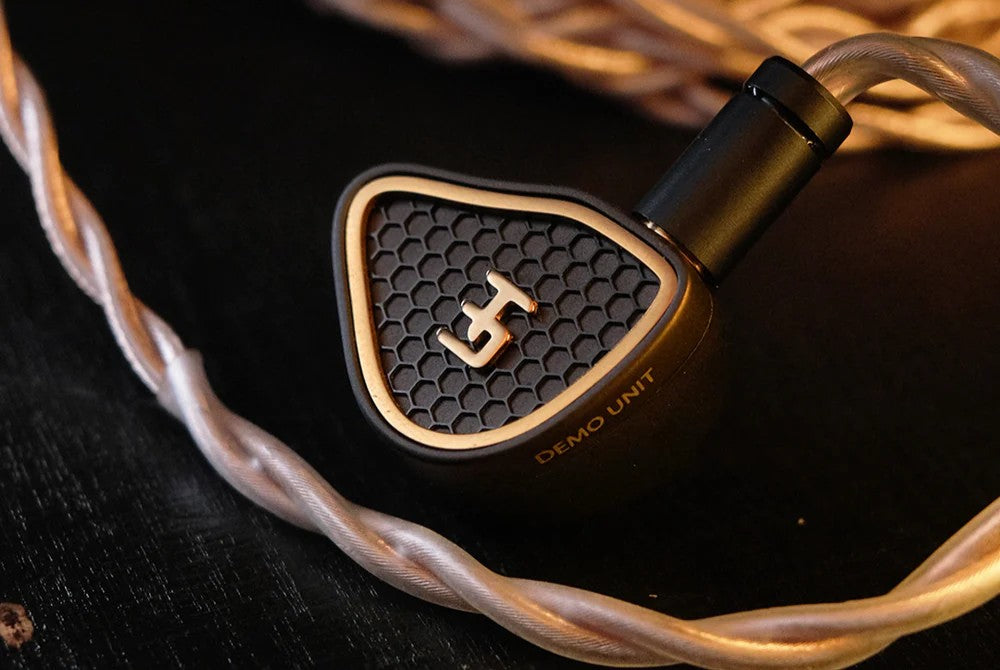
Image credit to Zeppelin & Co.
Hercules Audio Moses (*) - $4,200
Hercules Audio is one of the many boutique Hong Kong brands that North America is often blind to, if not for exhibitions like CanJam to showcase their craft. And what a showcase their flagship Moses is. As a friend put it: "The Moses is the Anni 2023, but better in every way."
The first thing that struck me was how coherent it sounds relative to its U-shaped tuning. Every note feels right at home. There is a sheer bass quantity that brings immense subbass physicality and midbass grunt. In contrast, the midrange and treble are shockingly reserved. Its mids are more laid-back than truly warm, while the treble tilts upwards with a high upper treble extension but softened lower treble transients to provide airiness and shimmer.
I do have some mixed feelings about the Moses though. The huge bass response sits in contrast to its reserved midrange and creates almost a split personality to its sound. And the bass is surprisingly “slow” with a longer decay than expected. While I was very impressed with my time with the Moses, and do recommend checking it out if you’re planning to expand your collection, I think this is one that might need a couple demo sessions before committing.

Oriolus Tralili (*) - $6,000
Oriolus is a prototypical Japanese Hi-Fi brand. You know the type. And their flagship Tralili fits right into that mold. It’s garnered a passionate following since debut as one of the best IEMs in the world. You’d be hard pressed to find a negative review anywhere.
Yet Precogvision and I would disagree. It’s a pretty good IEM, but not one that’s a strong contender for the crown. What it brings to the table is a generous bass shelf with a rich lustre to its timbre. It’s warm with a midrange and treble that are pulled back both in terms of presence and incisiveness. It’s not a technicalities king by any means, but where it excels is in its sense of cohesion across the board - an intimate, glue-y, almost saturated type of sound that’s perfect for the stereotypical “audiophile” music that’s extremely well produced.
Admittedly, the Tralili is an IEM that made it to this list on the basis of its popularity. But as mentioned in the introduction, this buyer’s guide is meant to highlight some of the highest end IEMs worth trying. While the Tralili didn’t live quite up to the hype for us, it’s an IEM that’s still in the zeitgeist of the luxury market and a good reference point for what these ultra high-end boutique manufacturers are often like.
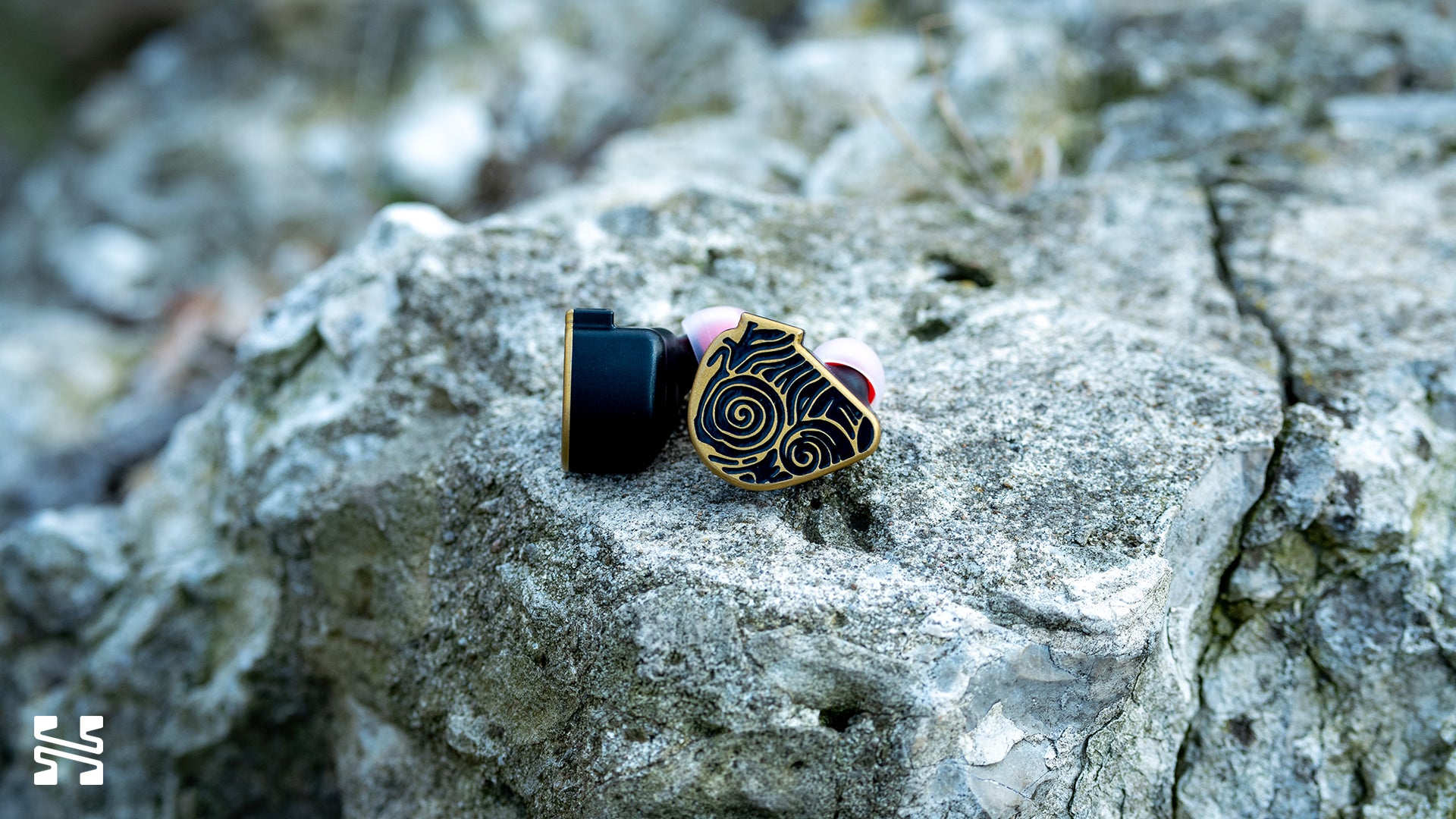
Subtonic STORM - $6,500
If there was an IEM that could truly claim the title of “best IEM in the world”, the Subtonic STORM is the first to mind. The STORM compels listeners to listen to it again and again. It ups the ante on practically every technical parameter that other flagships excelled in. Its explosiveness and physicality of its dynamics is unlike anything currently in the market. And it doesn’t compromise on tuning either. Despite its boutique nature and astronomical asking price, it has a studio-reference tuning more akin to that of the “new meta” IEMs. Altogether, the sheer gusto of its presentation transforms familiar songs into a whole new listening experience.
The only problem? There’s such a high demand for the STORM and its production is so complex that obtaining one is a challenge on its own. Good luck securing a spot on its months-long waitlist, if it’s even open.
Read Fc-Construct's review | Read Precogvision’s review | Watch Resolve’s review
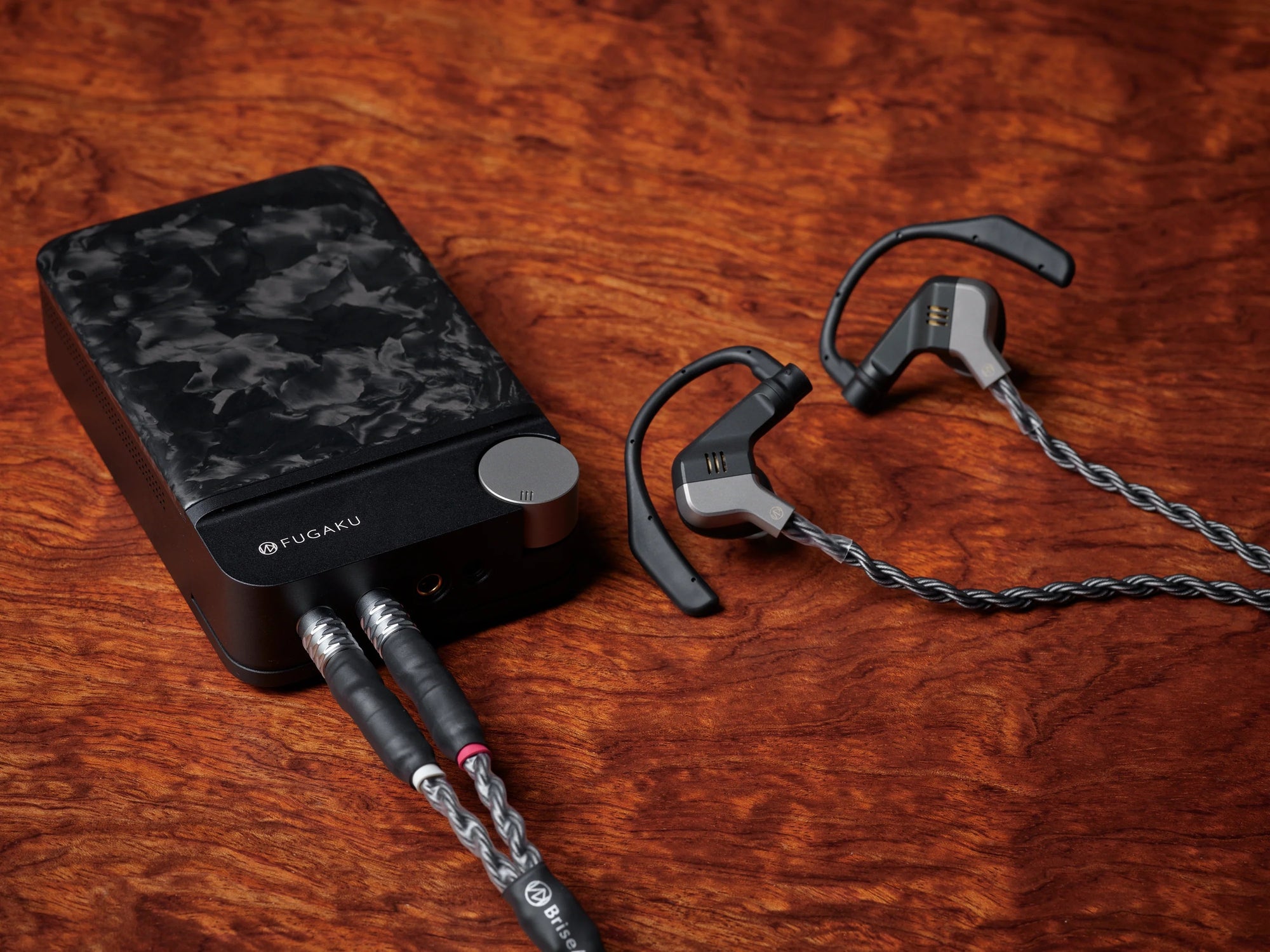
Image credit to Brise Audio
Brise Audio Fugaku (*) - $17,000
Yes, you read that right. The Brise Audio Fugaku is an IEM that costs $17,000. Obviously, there’s an immense luxury tax here. But part of the cost is because it uses a driver configuration unlike any other. What’s the setup, you ask? Oh, just a paltry 2 DDs, 5 BAs, and 1 MEMS driver. It’s that MEMS specifically that makes the Fugaku unique, and the reason it comes with a dedicated amplifier to power it.
For all the glitz and glamour around the Fugaku, its tuning is downright normal. If you were to take a look at its graph, you’d notice that it’s not really any different from an IEM priced 100x less. That is, until you hear the bass. It is the biggest, most enveloping bass I have ever experienced. Bass notes dig deep, then practically unfold upon themselves to reveal more depth than I could have imagined. It’s reminiscent of when I finally added a subwoofer to my speaker set-up. It’s a whole other dimension of music that comes to life, and it boggles my mind how an IEM can achieve this level of bass presence and quality without being explicitly tuned towards bassheads. While the bass presentation (i.e. its transient and decay characteristics) are different from the STORM, I have to admit that the Fugaku’s bass rightfully deserves the number one spot.
That said, I was less enamoured by the rest of its sound. Or rather, I was so impressed with its bass that it completely overshadowed the other aspects of the Fugaku. This is an IEM that I must experience again to truly unravel its qualities. A short 20 minute demo session was not enough. Will that wow factor still remain? But until that day comes, the Fugaku remains one of the most compelling IEMs worth experiencing - a product that represents what can be done when money is no object.
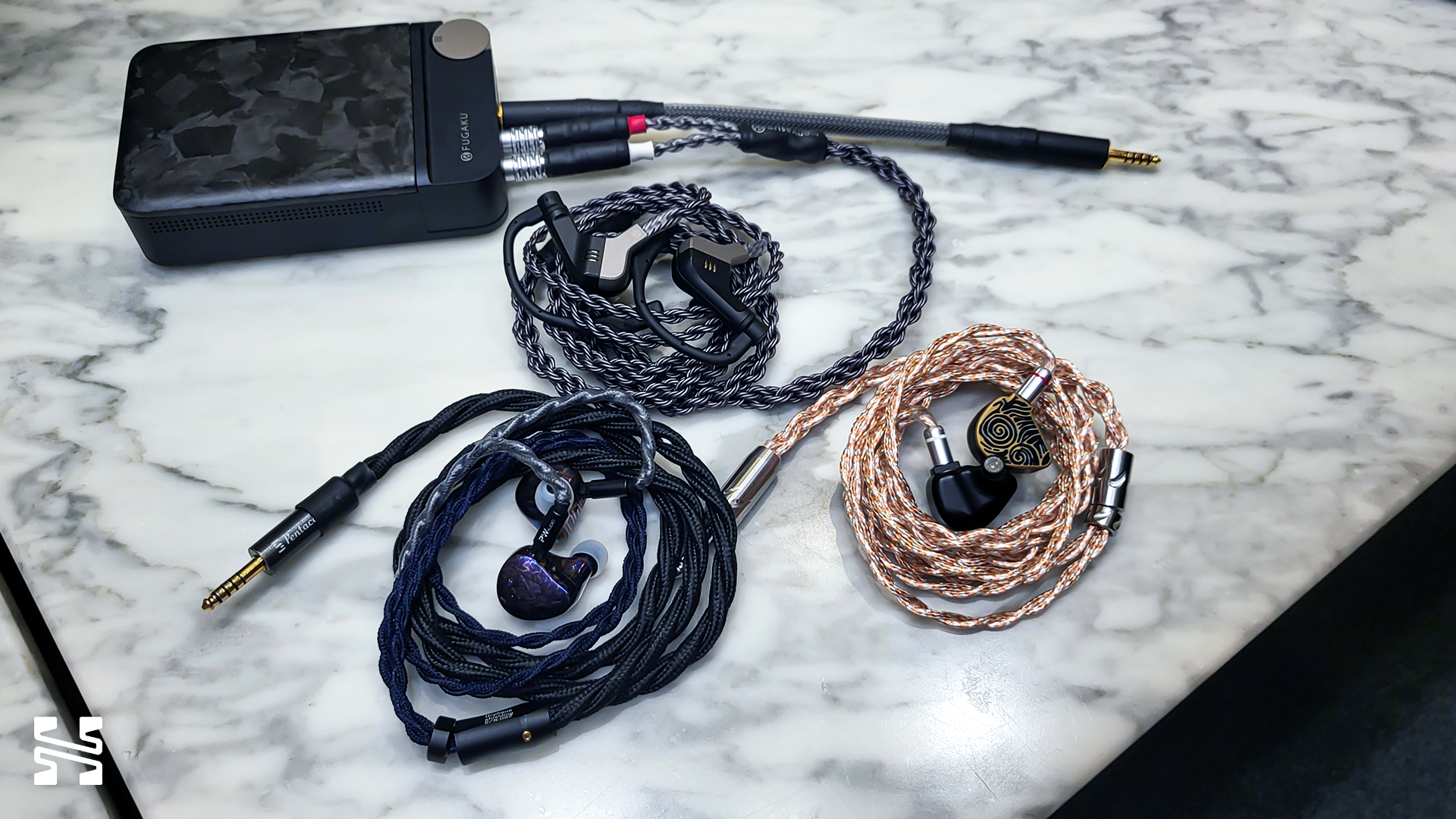
Conclusion
It’s been repeated ad nauseum in the audio hobby that “price does not correlate to sound quality”. And nowhere is that more true than in the ultra high-end, luxury IEM market. Yet, there is an alternative way to think about that phrase - a higher budget allows an IEM to be better, as you can afford better materials, better components, and better designs. This buyer’s guide highlights the IEMs that truly take advantage of that greater budget.
For those wondering why certain IEMs were left off this buyer’s guide, there were a few practical considerations. First is that some IEMs, despite seemingly critical acclaim, simply don't deliver sound quality (to my ears) that lives up to the best of the best. Others I've only heard briefly at conventions or local meet-ups, and I’m not confident with my impressions given the short demo session and showfloor environment. And lastly, I simply don’t have access to every notable high-end IEM out there.
But for those with deeper wallets than I, remember that this guide is just a starting point. Your audio nirvana might still be found in lands unknown.
More Resources
If you’re completely new to the audio hobby or in-ear monitors and still have questions, here are a few important resources to give you a foundation of what reviewers talk about in this hobby.
The ABSOLUTE Beginner's Guide to IEMs - Everything You Need to Know in Less than 10 Minutes
A Reviewer's Guide to Understanding Graphs - the B&K 5128 Edition
Don't Buy Headphones Until You Watch This
What is a DAC and why do you need one?
What does an amplifier actually do?
Sound quality in headphones explained
